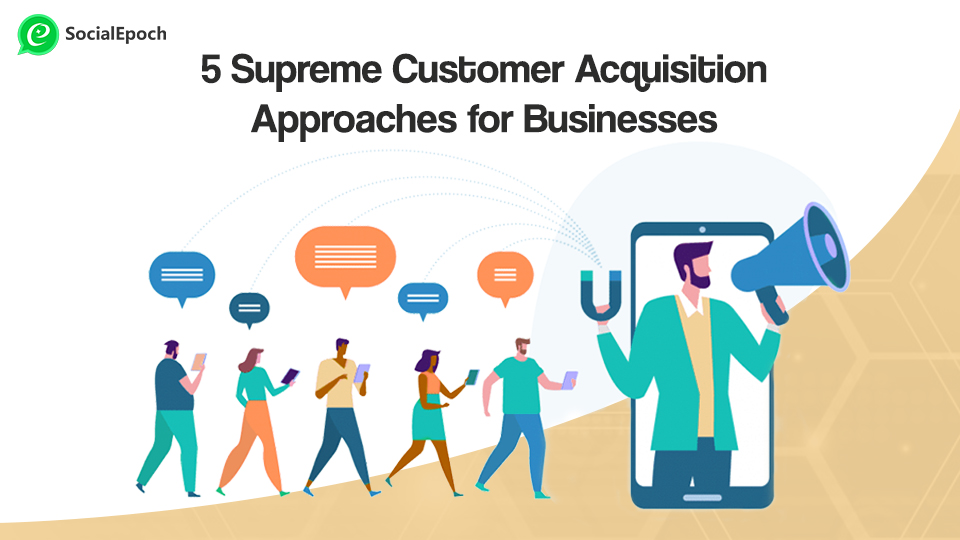Customers are the heart and soul of a business. Continuously finding new customers and retaining existing ones is seen as the growth metric for the business. But finding new customers and retaining them for a long time can be a challenging task. Customer acquisition is a multi-step process that starts with making the audience aware of your product or service and continues as a life long process of building customer retention.
Customer acquisition is necessary to prevent stagnation and regression in business. All businesses have natural churn rates, even if your product is excellent and your customers are happy.
What is customer acquisition?
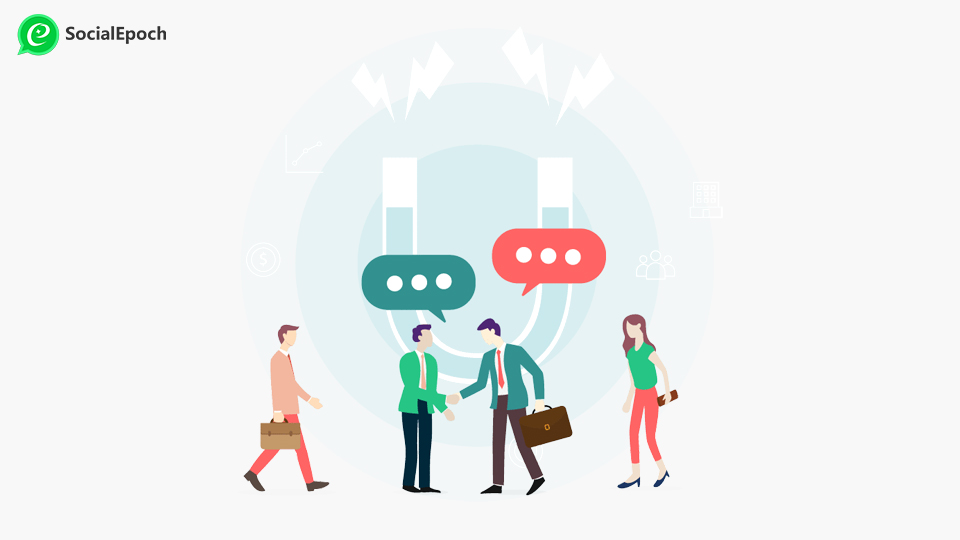
Customer acquisition is the process of reaching out to audiences to identify potential leads, nurturing them, and converting them to paying customers. Customer acquisition is an on-going process and involves systematic acquisition strategies that keep changing with the latest marketing trends.
The goal of customer acquisition should be creating product awareness, providing a good customer experience, improve retention rate, and not focused entirely on profitability.
Stages of Customer Acquisition
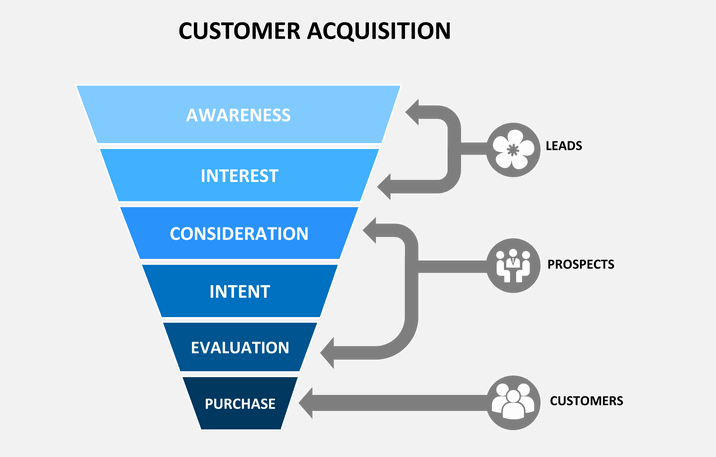
Here are the 6 stages of the customer acquisition process:
1. Awareness
The first and foremost step of customer acquisition is to create awareness about the product or service that you are offering. This can be done through any channel such as e-mail marketing, social media campaigns, print media, direct advertisements, or in-person marketing.
The awareness stage helps in brand positioning and help the brand create a unique identity for itself. Social media can help brands in creating a buzz about their products, and if done right, it can make the following steps of customer acquisition effortless.
2. Interest
Just letting the audience know about the product is not enough to convert them into a customer. It requires further convincing and building their interests around the product.
Customers don’t associate products with brands, they associate them with the emotions that connect them with the product.
So, rather than directly telling them what you sell, sharing it in the form of a story that audiences can connect with emotionally will help them build interest in your product.
3. Consideration
At this stage, the potential customer is interested in your product but hasn’t made up their mind yet. For customers at this stage, sharing information about your product in the form of short videos, and demos can help them in making up their minds.
4. Intent
It’s the stage when people visiting your website to browse for the products and get more information about them. By this time, they are sure of what they want but ready yet for the purchase.
The best way to convince them is by offering them free trials or sample products so that they can experience the product first hand and be sure about their opinion.
5. Evaluation
By now, the person is fully convinced with the product and have even added the product to the shopping cart. This is a crucial stage for businesses as 65% of shoppers add items to their cart but never make it to final checkout.
Offering small discounts, promotional offers, or cash backs can help businesses close deals and ensure the customers come back for more purchases in the future.
6. Purchase
It’s the final stage of customer acquisition where customers actually complete the checkout process to make the purchase. Beyond the sale, companies can look for opportunities to cross-sell, upsell, and reward customer loyalty.
Core Marketing Elements for Customer Acquisition
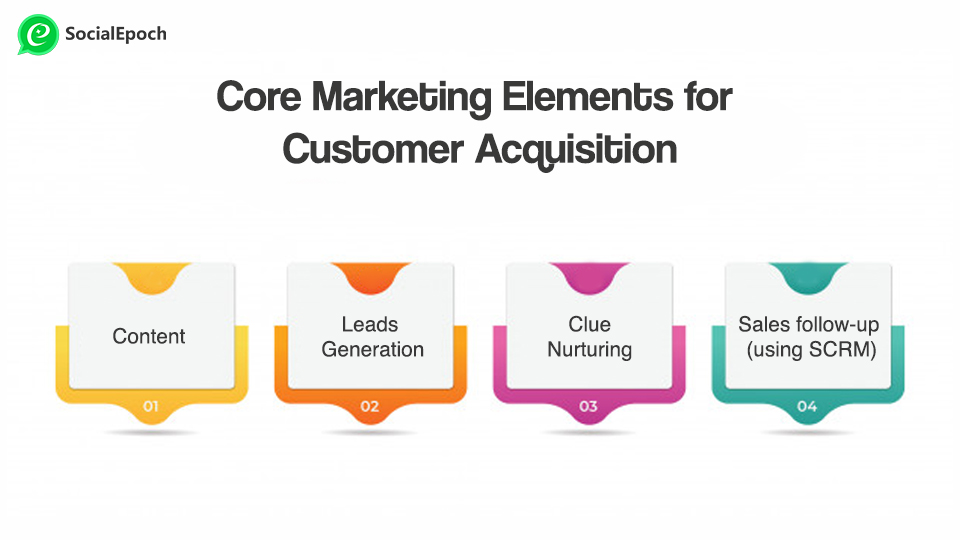
Just like there are several steps involved in converting an audience into a customer, there are few core marketing elements that correspond to the process.
1. Content
Content is the most effective and cost-efficient marketing approach which helps businesses create brand awareness and build their interest in their products. The content that goes out to the audience must reflect the unique identity of the brand and the value that it creates for its audience.
Creative content has the potential to gain maximum attention from its audience in a short span of time and generate maximum leads for the business.
2. Leads Generation
Lead generation is the initiation of consumer interest or inquiry into products or services of a business. It helps businesses identify individuals from the crowd who might be interested in their product or service. Once the leads are identified, businesses can pursue them further through personal contact.
3. Clue nurturing
Businesses need to engage in constant follow-ups with leads to ensure that they continue their vested interest in the brand and become a customer sometime soon. By engaging in regular offer updates through email, pop-up reminders, or one-on-one interaction through any of the messaging platforms can help businesses convert more leads into paying customers.
4. Sales follow-up (using SCRM)
The responsibility of the business does not end customer checkout. To build trust with customers and ensure retention, businesses should focus on sales follow-up and after-sales services. Using SCRM tools such as WhatsApp SCRM, businesses can provide in-time customer care services and build a strong brand reputation.
SCRM also allows businesses to interact with customers on a personal level to understand them better and improve customer experiences.
8 Successful Customer Acquisition Methods
Here are some of the successful customer acquisition methods that can help your business acquire customers organically:
1. Social media marketing
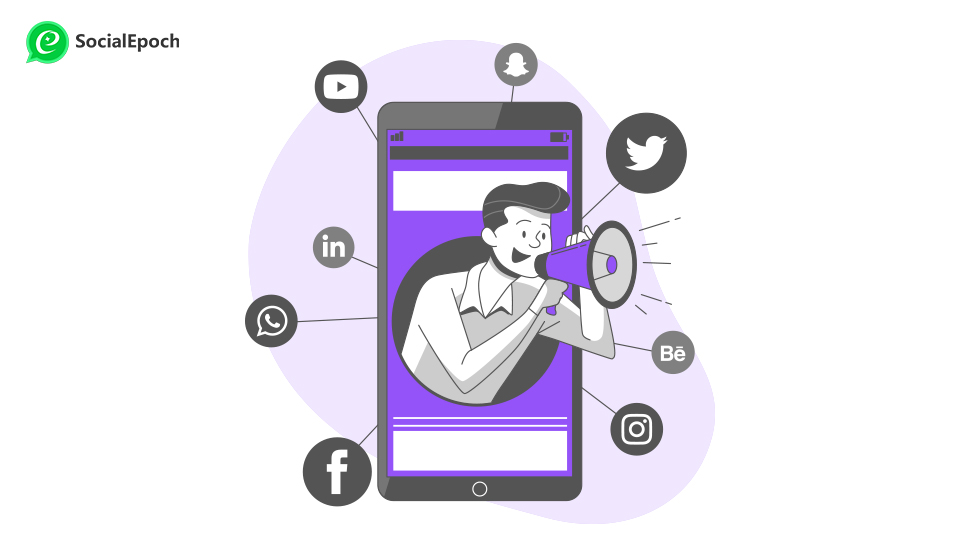
Social media marketing involves promoting your brand or its product on social media platforms such as Facebook, WhatsApp, Instagram, Pinterest, LinkedIn, and more. Social media platforms are extensively used and on average, an individual spends at least 2 hrs 33 minutes on social media platforms.
It only makes sense for businesses to reach out to their audience through social platforms where they can promote, sell and get feedback from a large scale of audiences at the same place.
2. Video promotions
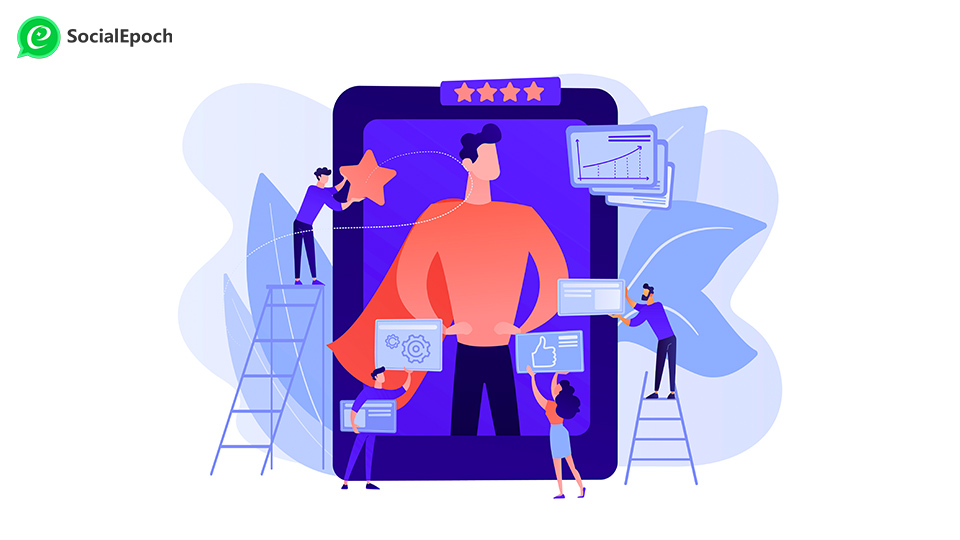
When it comes to sharing your message shortly and effectively, video promotions is your solution. Most people prefer videos over blogs or written content. More than 80% of businesses use video marketing to attract, inform, and entertain customers and prospects.
Videos are a great way to educate viewers about your product through a short demonstration.
3. Giveaways
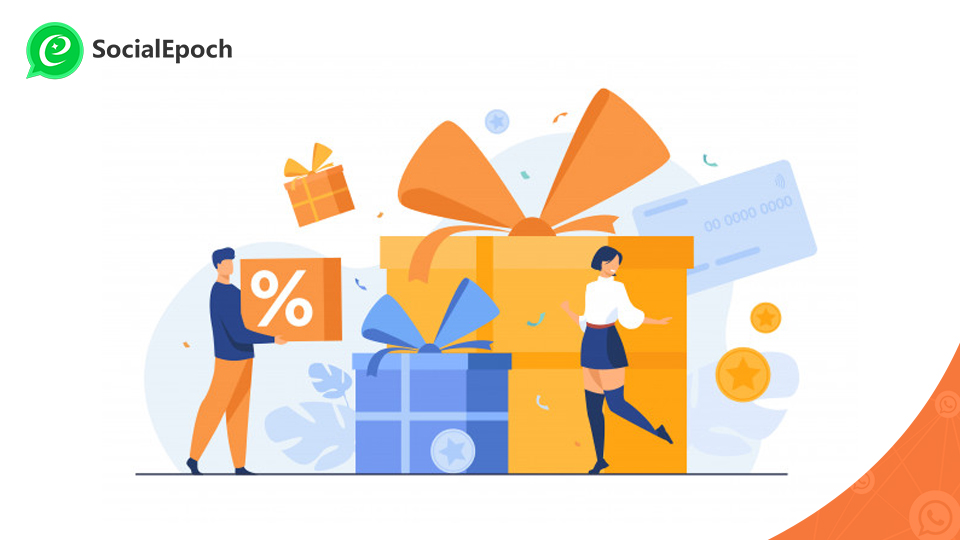
Giveaways help gain large media attention in a short span of time and can be a great way to create a buzz for an upcoming product. Giveaways as a lucky draw rewards in exchange for referrals, or more such giveaways can help you gain more followers which means a more dedicated audience. In many cases, it also helps in getting paid customers.
4. Content marketing
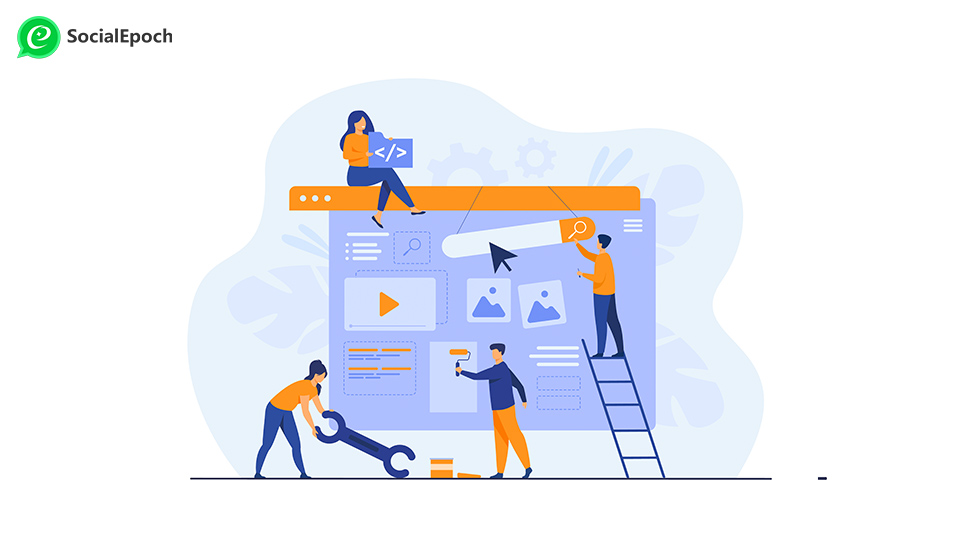
Keep your potential customers engaged and informed about all that you have to offer with creative content marketing. Content marketing helps customers know you better and build interest in your products.
Innovation and creativity in content marketing can help create a huge impact on the audience and improve likeability for your brand.
5. SEO
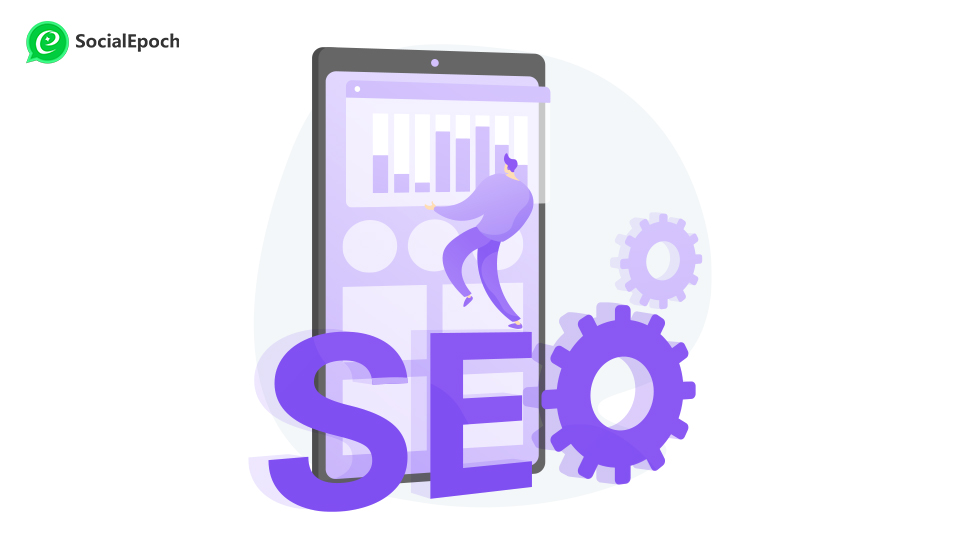
Search engine optimization (SEO) is one of the most important customer acquisition methods. This strategy helps you boost your website’s traffic to obtain more leads and conversions for your business. It’s a fact that maximum leads come from websites. SEO can help your website rank on the first page of Google search and get high visibility for people trying to find you.
SEO helps find a precise target that may be interested in your business based on keyword search analysis.
6. Referral program

Rather than going to each individual and telling them about your business, you tell it to one person and ask them to share it with the next person. In this way, you use minimum effort, yet manage to reach out to a large number of people easily. Referral program works in a similar manner in which one user refers your business to other people in their network, and like a chain reaction, you can a large number of people subscribed to your business in no time.
Referral program benefits both referrer and referee and is the reason it acts as a viable medium for customer acquisition.
7. Landing pages
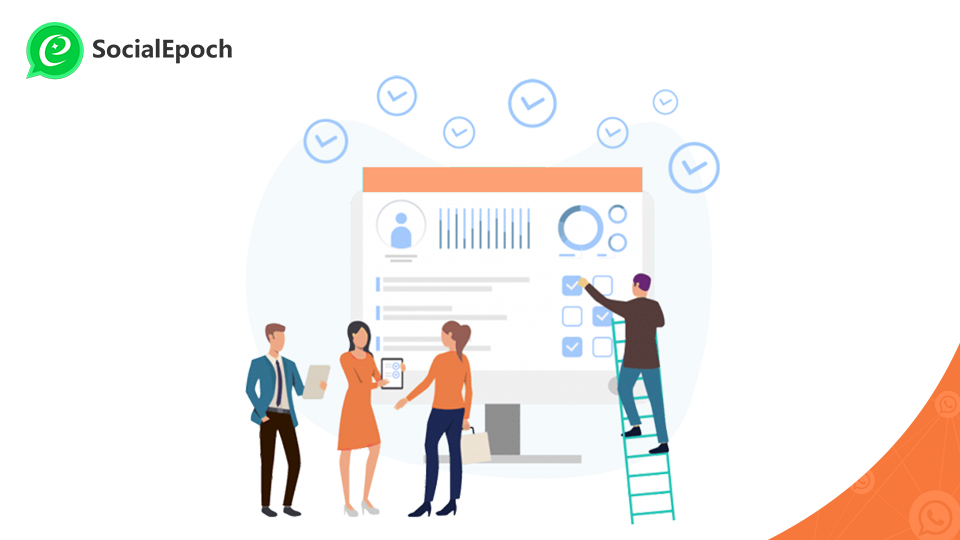
Landing pages of your website is the place where new visitors spend maximum time learning more about you. By adding useful CTAs or actionable buttons such as an introduction video button, a demo or a free trial button, or a direct button to begin WhatsApp interaction can help visitors higher engagement.
8. Email marketing
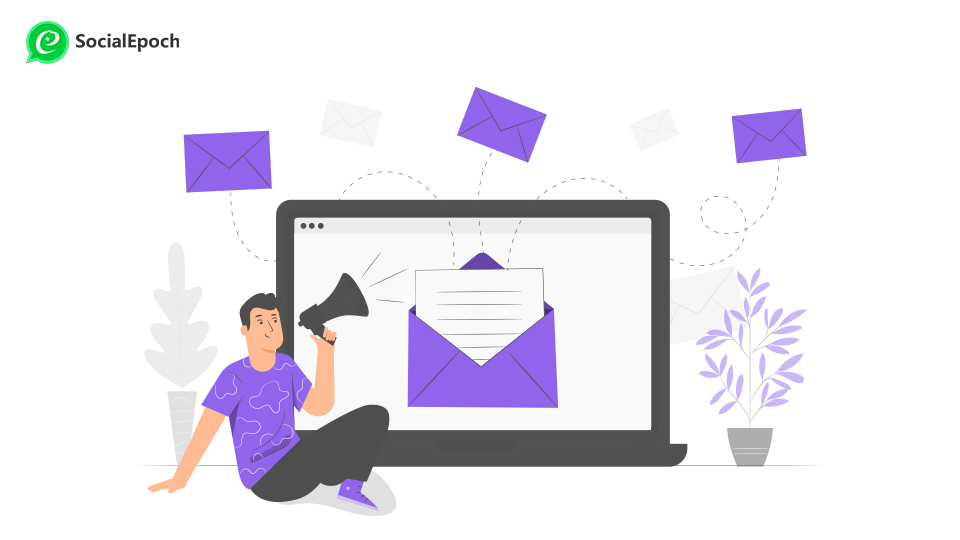
Email marketing is the most cliche method to acquire customers. From sending cold emails to a large group of people to sending follow-up emails to potential leads, e-mail marketing has always proved to be an effective approach. Email marketing can also be used to keep leads and customers updated about all the latest products or offers that you have to offer.
Adding clickable CTAs to emails can help guide your audience to your website or shopping page and improve your chances of converting them to customers.
Now, with that, you know everything you should about customer acquisition and how it should be approached for businesses. Make sure to stay updated about the latest marketing tools and community marketing strategies to make your marketing and customer acquisition strategies more effective.
